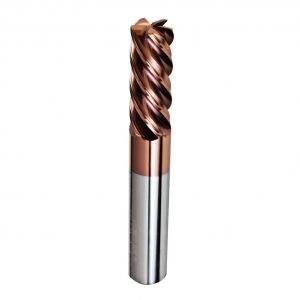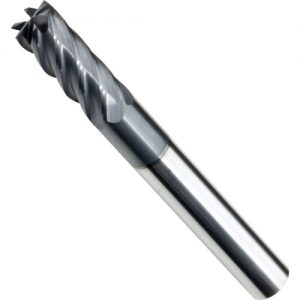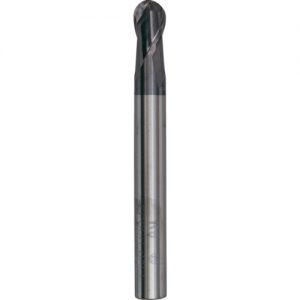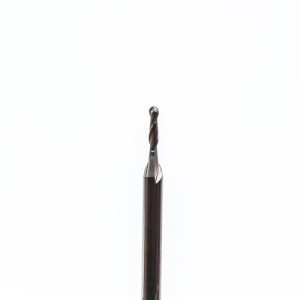The EHWT merger (Rockford,IL) has greatly improved its hole making ability by using helical interpolation technique. This concept was introduced to them by the DPA company (Bloomfield,CT) in order to improve the cycle of the new part. Don Busekros, owner of EHWT, explained: “we have an application that can produce new production lines based on A2 tool steel. These bases require a large amount of metal removal, including a 3-1-1 inch diameter hole through a 2-1/2 inch thick part. Our initial idea was to drill a hole about 1 inch in diameter, then insert the rest of the circle with a 1-inch end mill. Let’s say that our machine cuts at $0.200 per track, and what we see is a cycle of 15 to 20 minutes per hole. Using spiral method to shorten our cycle time to more than 5 minutes per hole is much easier on my machine tool.
EHWT takes the ball from the big hole to just a few minutes. These gains are the standard 90-degree milling cutter using the DPA, which operates on high surface steps and slight slope angles (less than 1 degree). EHWT found that it can save 50% or better cycles by moving away from traditional milling techniques and using spirals.
The company USES a 90-degree tool because it is a tool already used for other work. However, there are different cutting tools for this kind of processing. DPA has introduced a new product designed specifically for this type of milling. Felix is a modular system that can be designed to be five times the diameter of a diameter, which can be inserted into a hole in a third of the time of a standard milling cutter. “For this type of milling cutter, a square shoulder mill is an acceptable option because it is usually used for other applications,” explains Mike Bitner, DPA’s regional application manager. A shop that doesn’t use this kind of milling often can also use it. However, a shop that regularly applies for this type of milling cutter will be better able to invest in tools that can take a more active approach.






